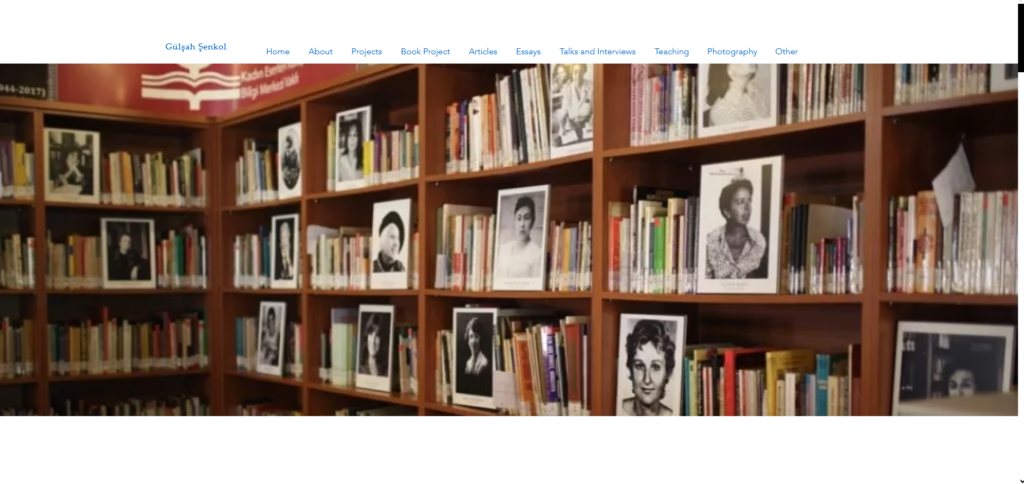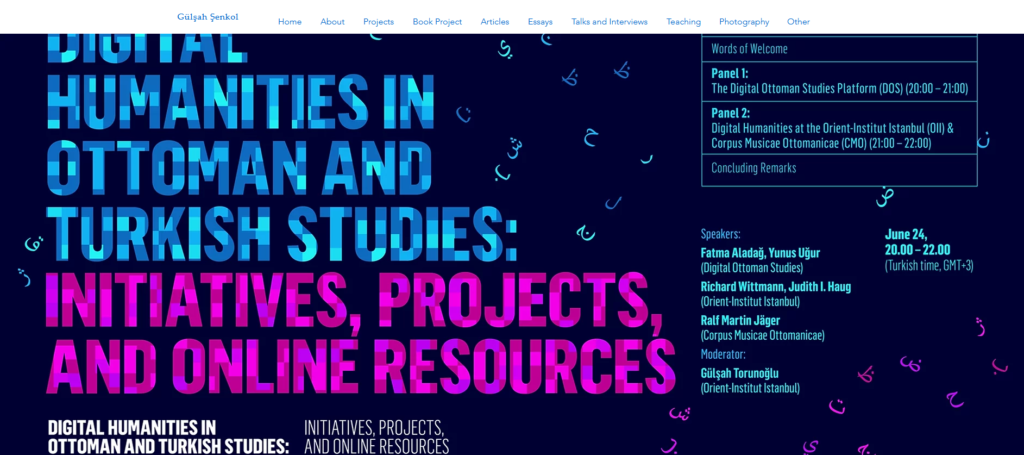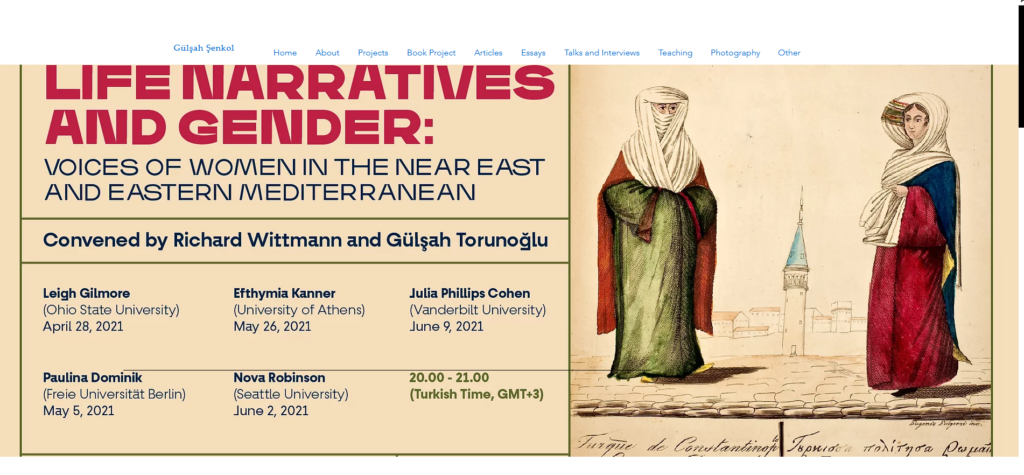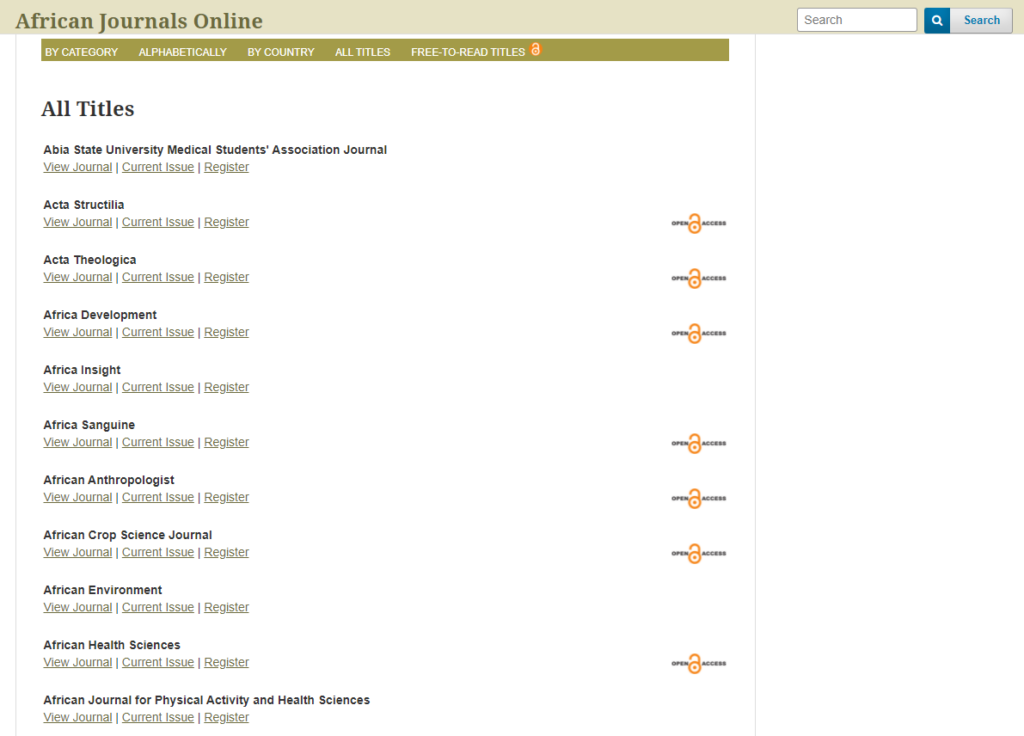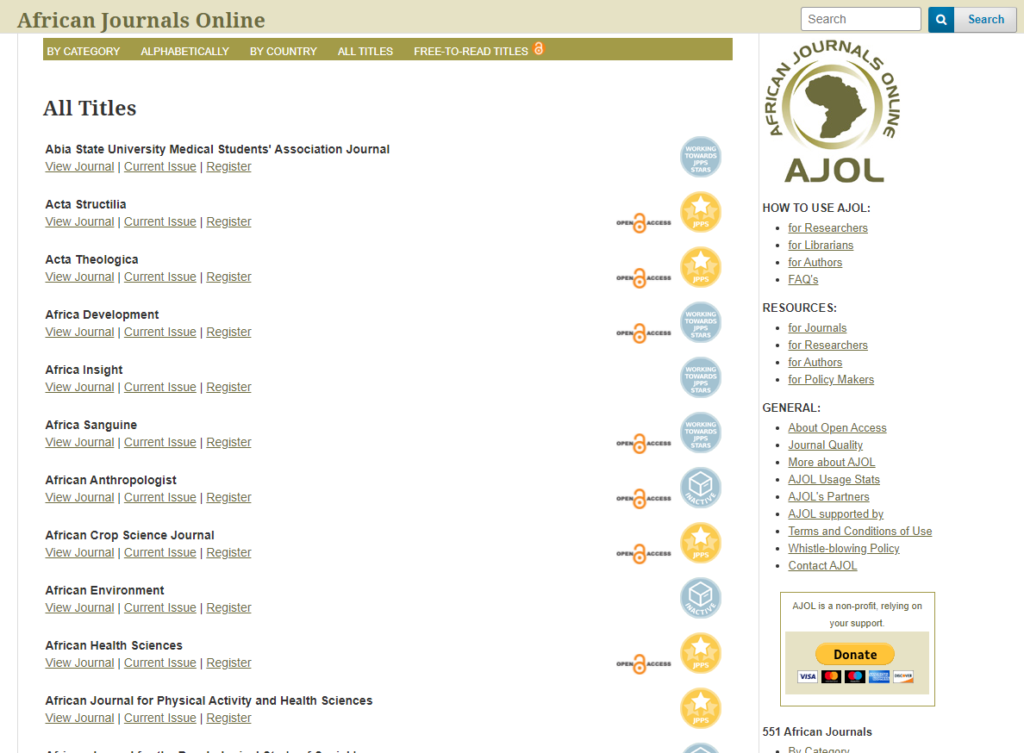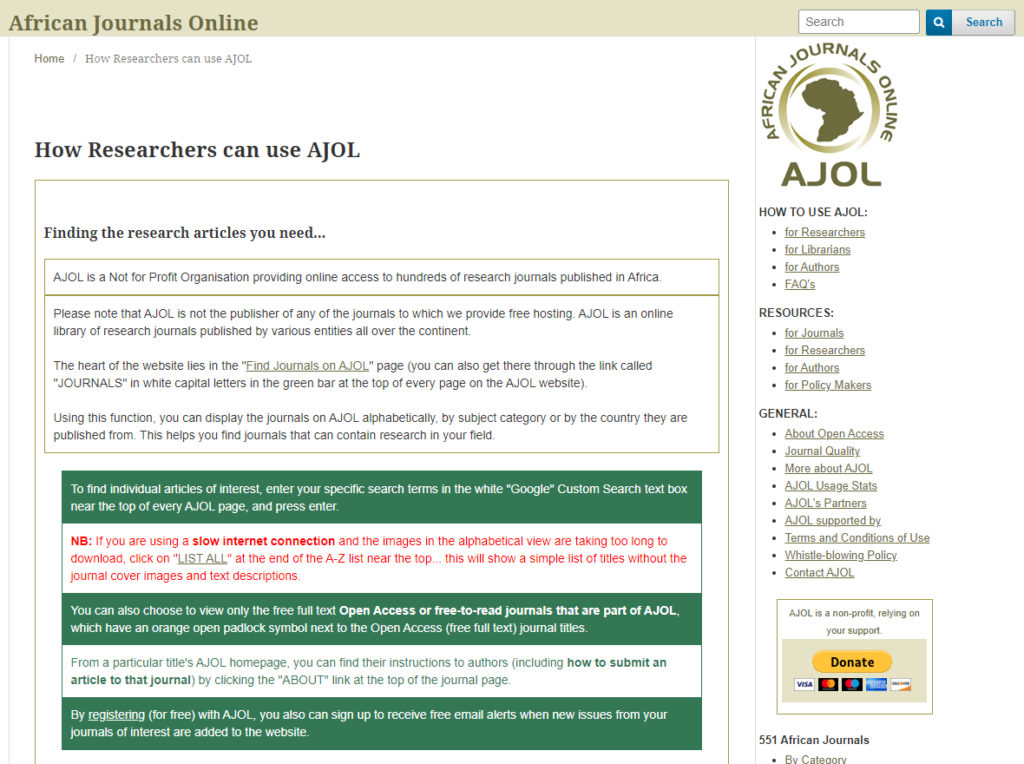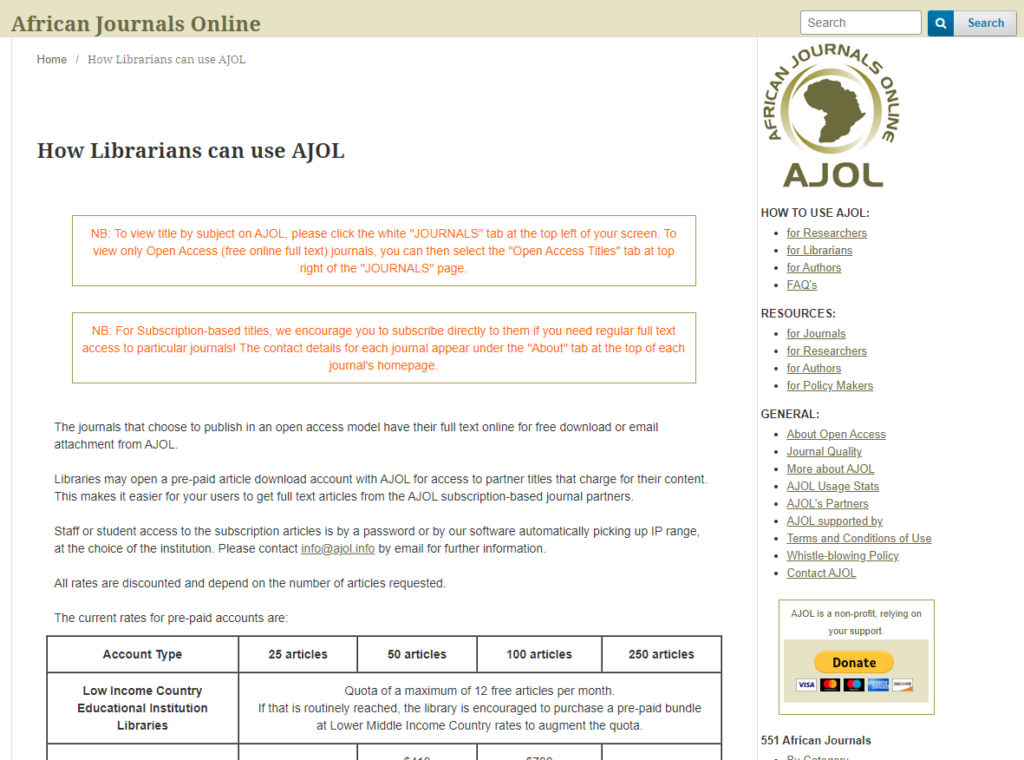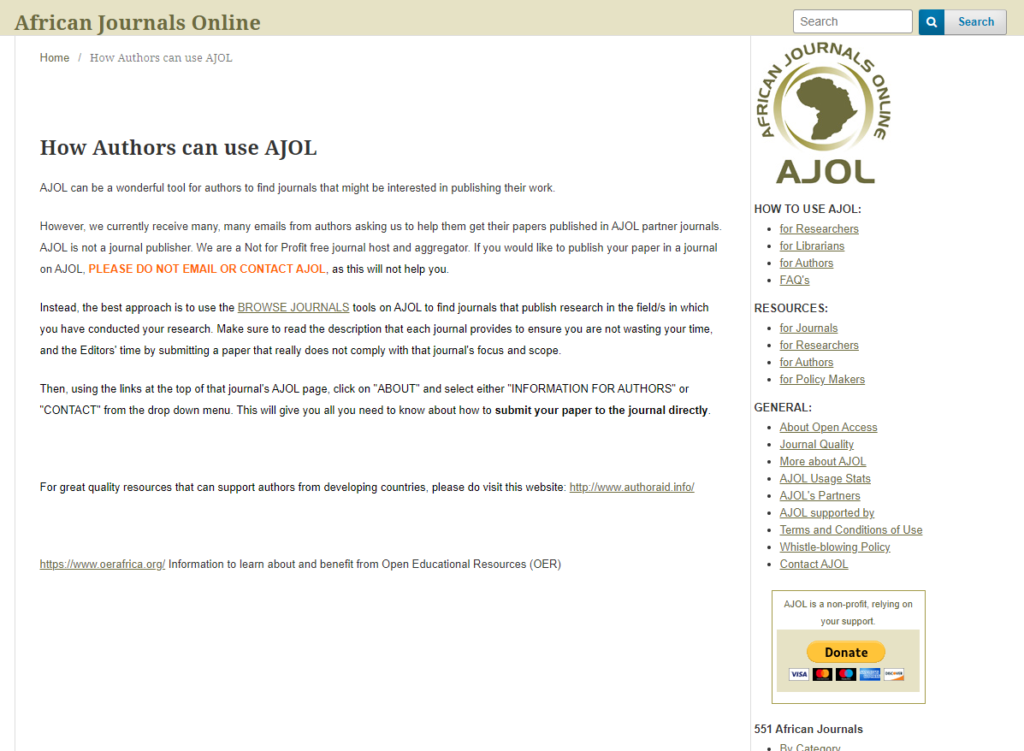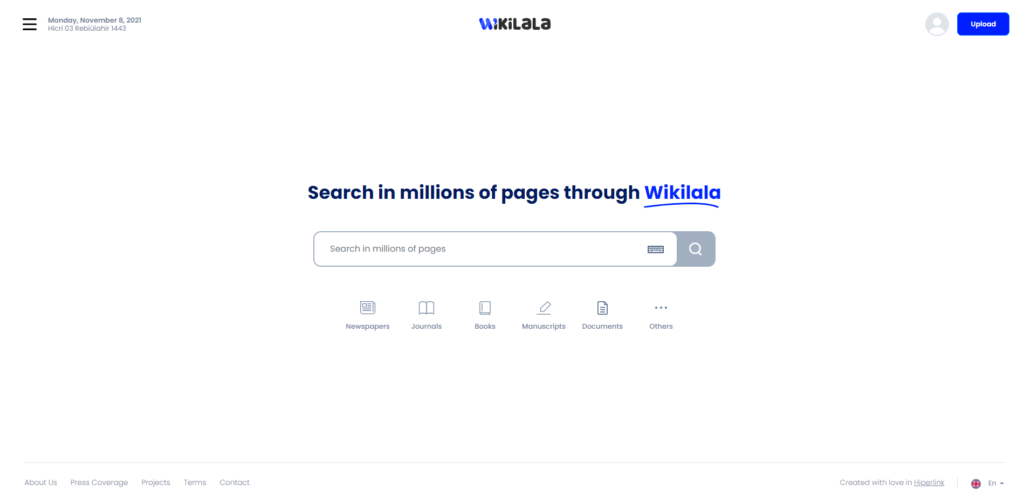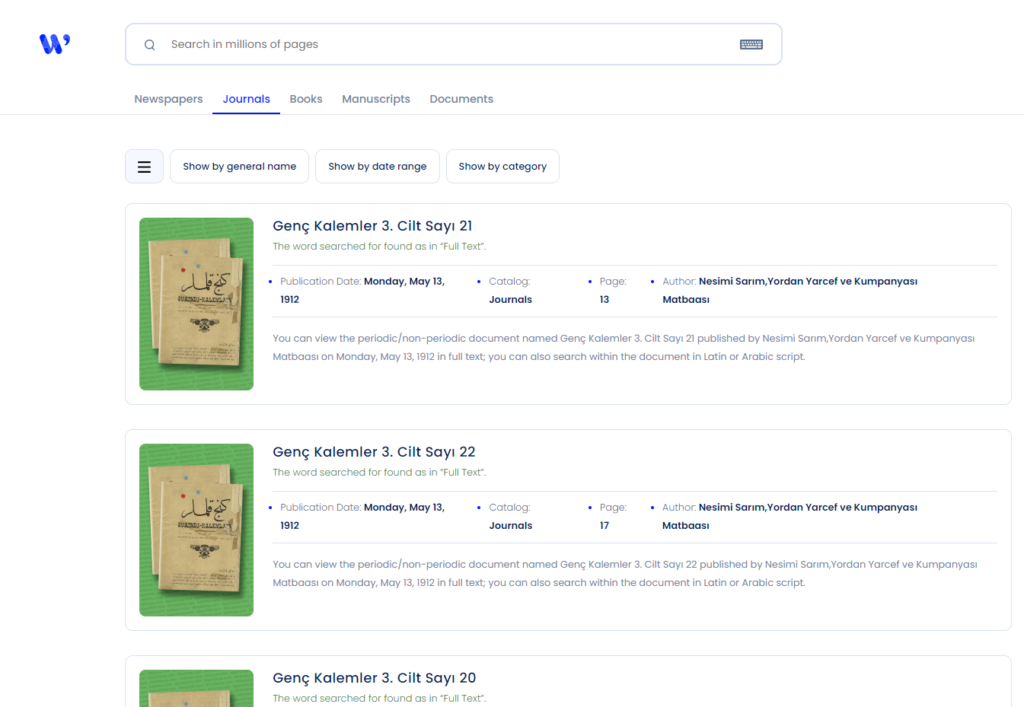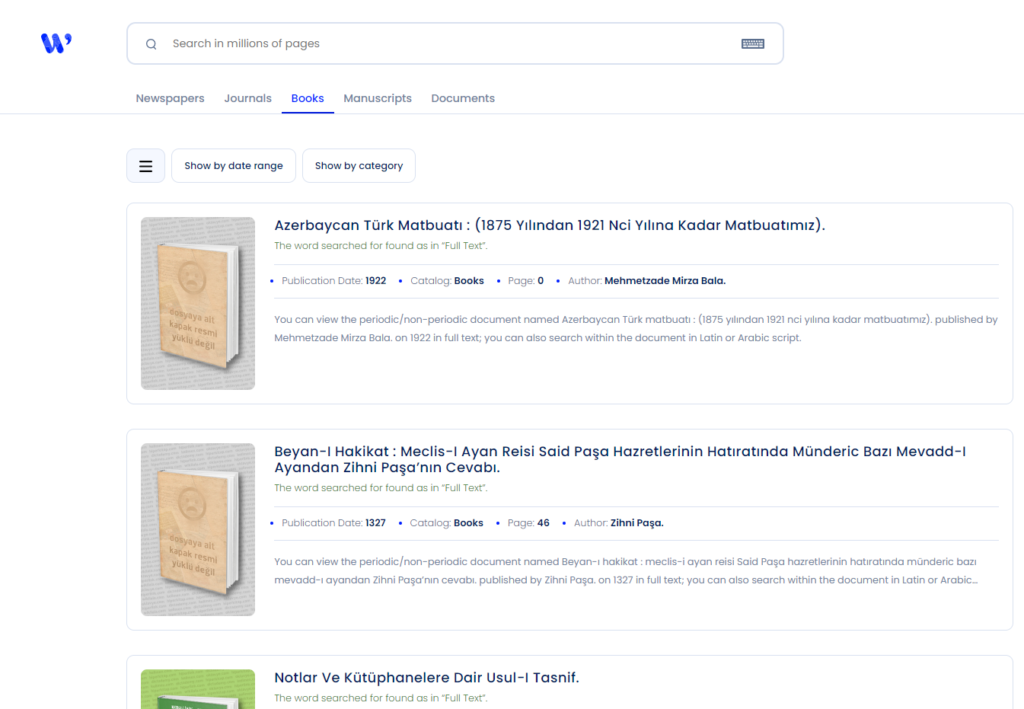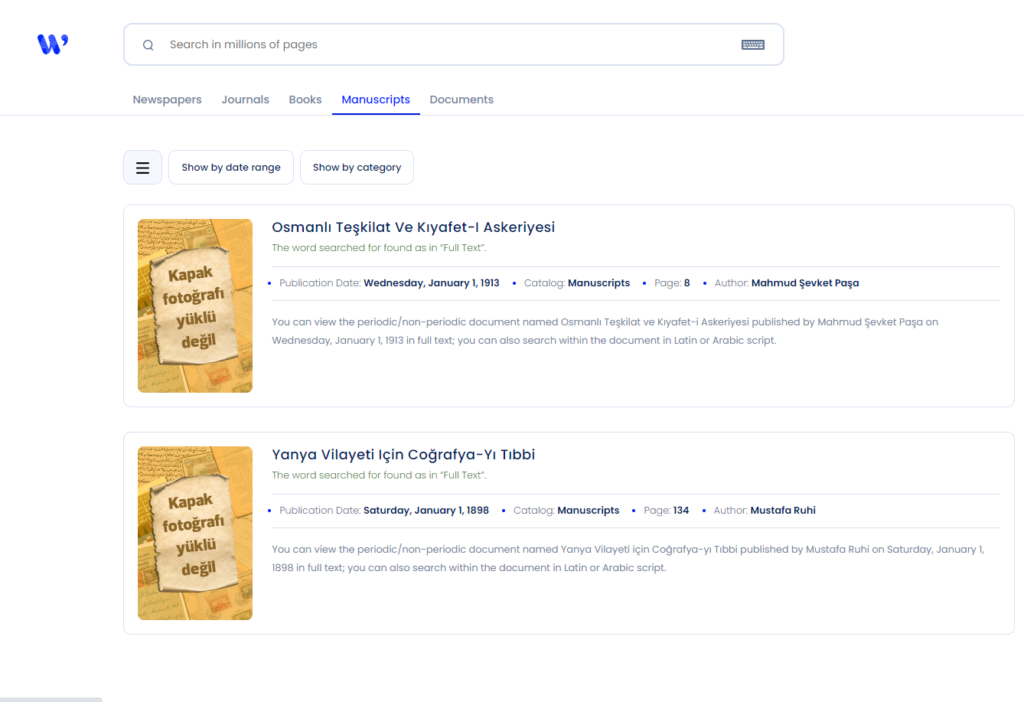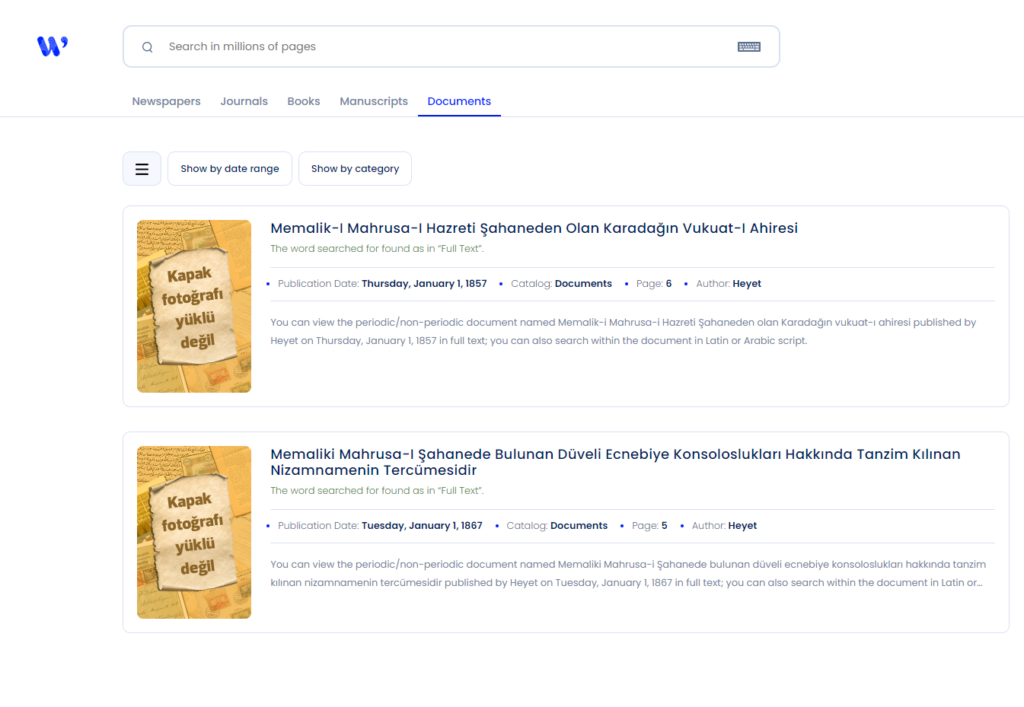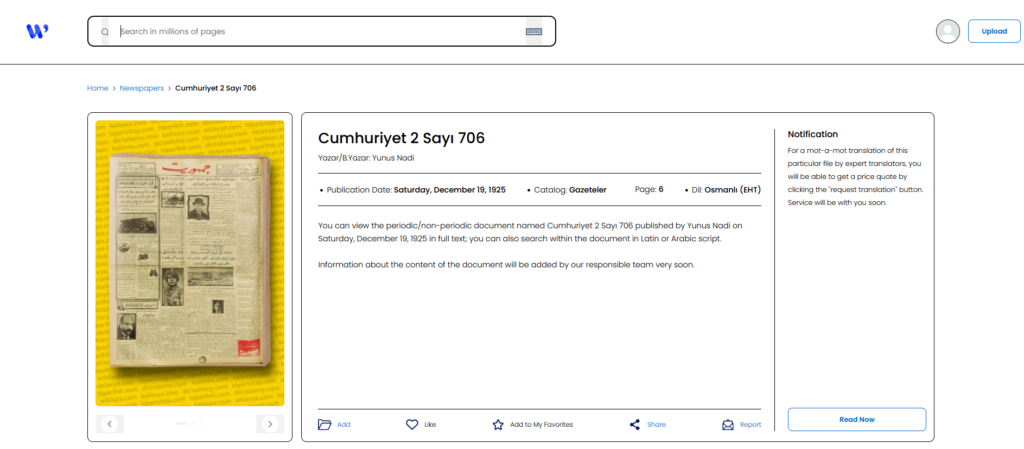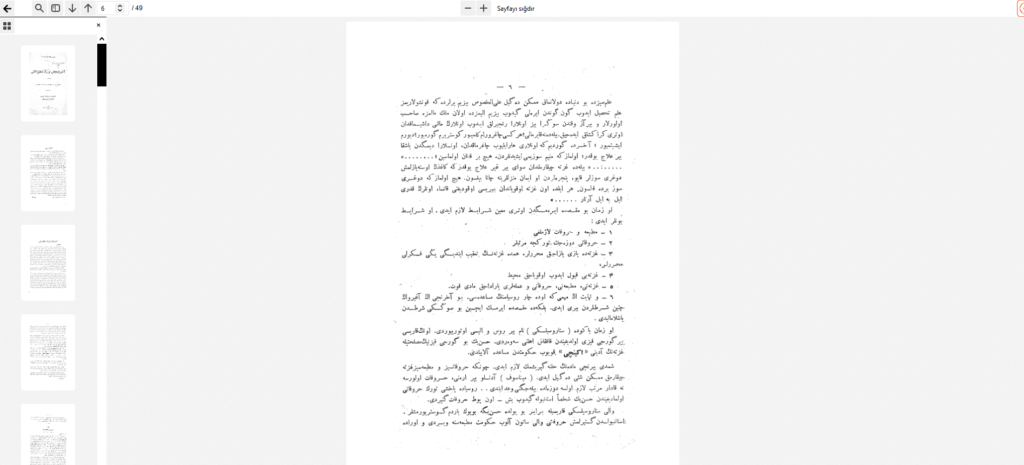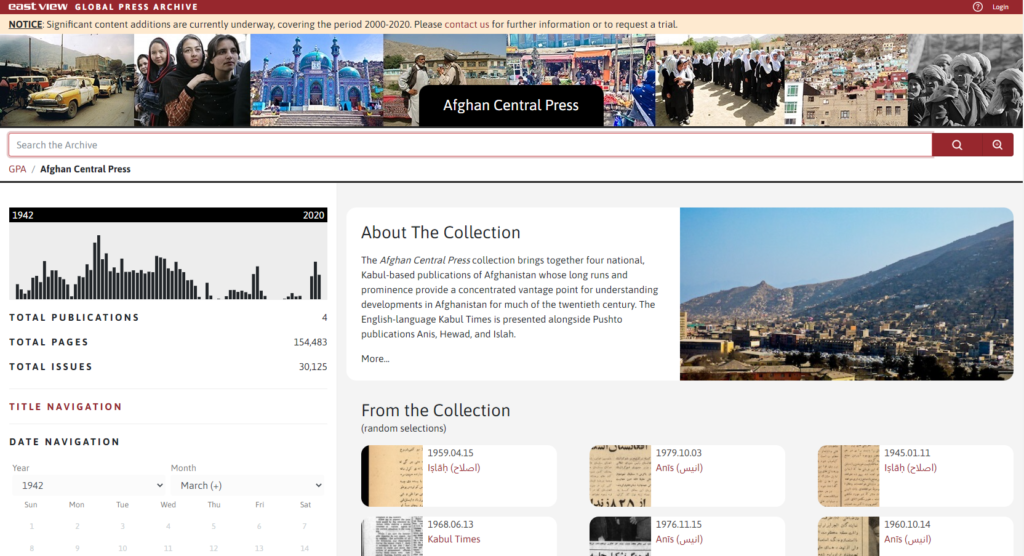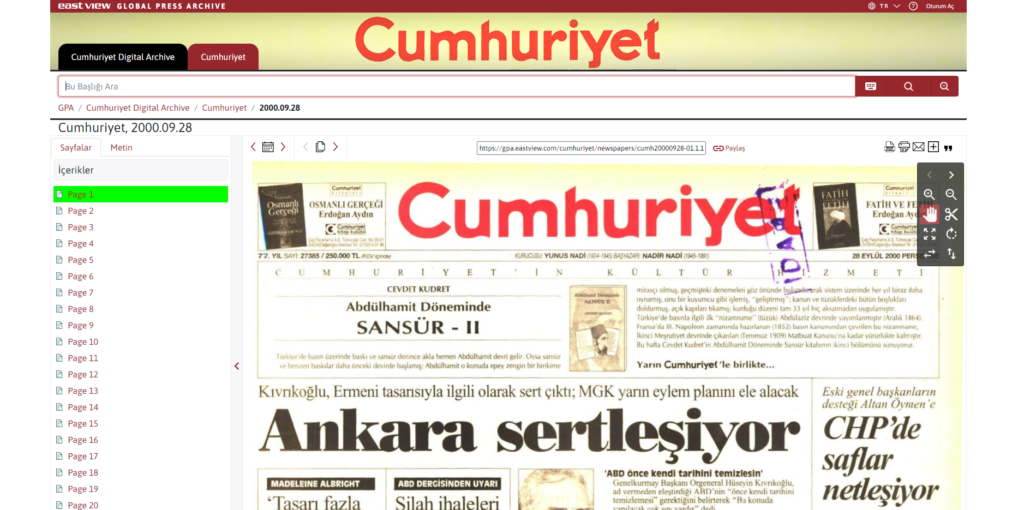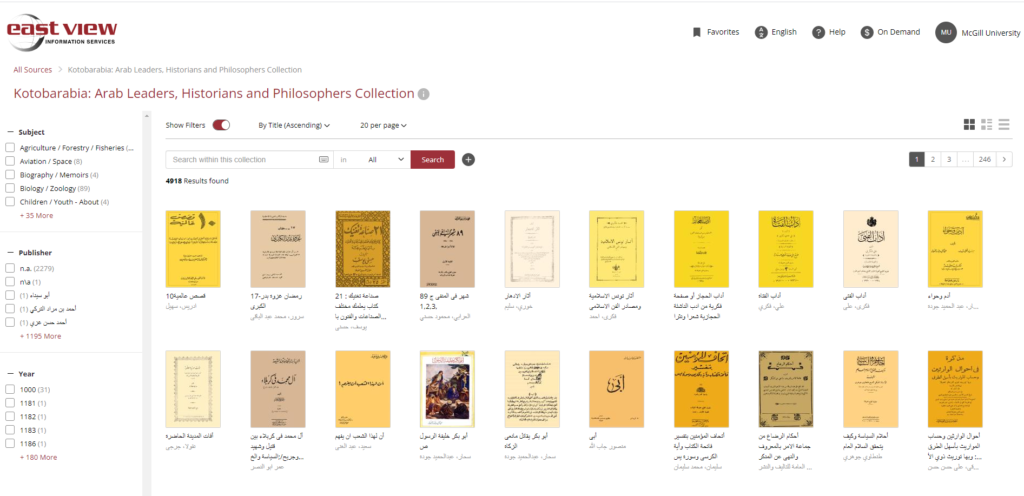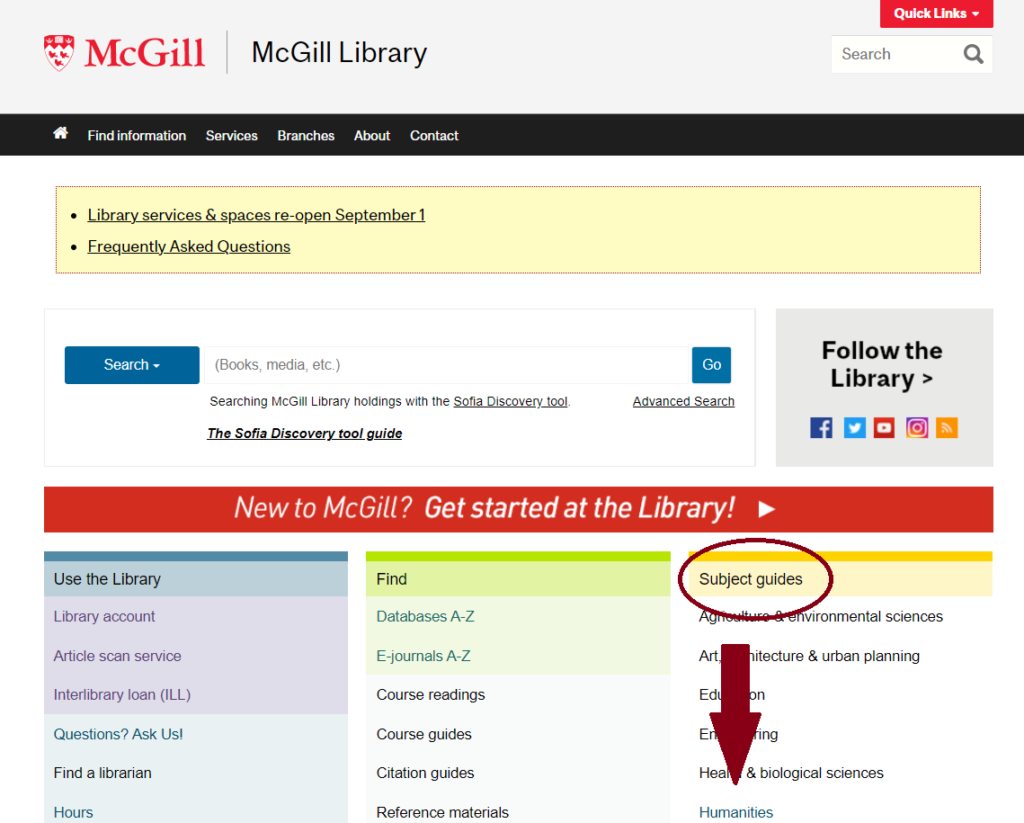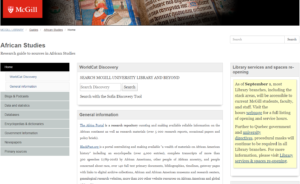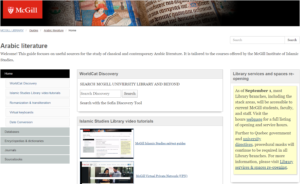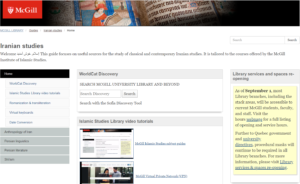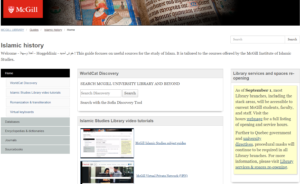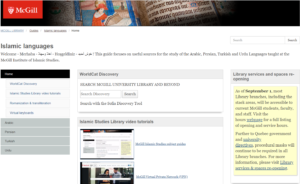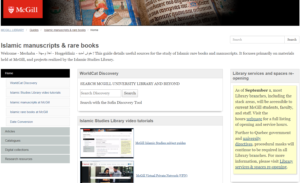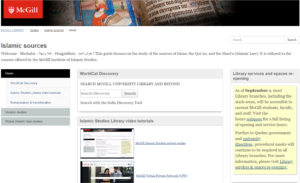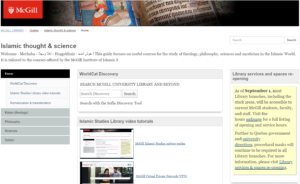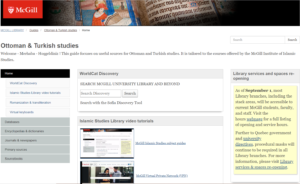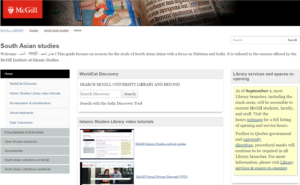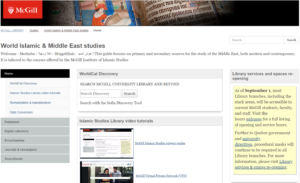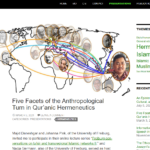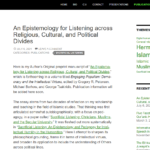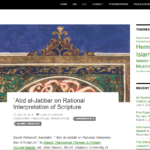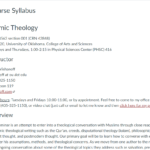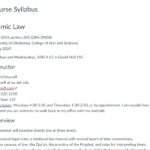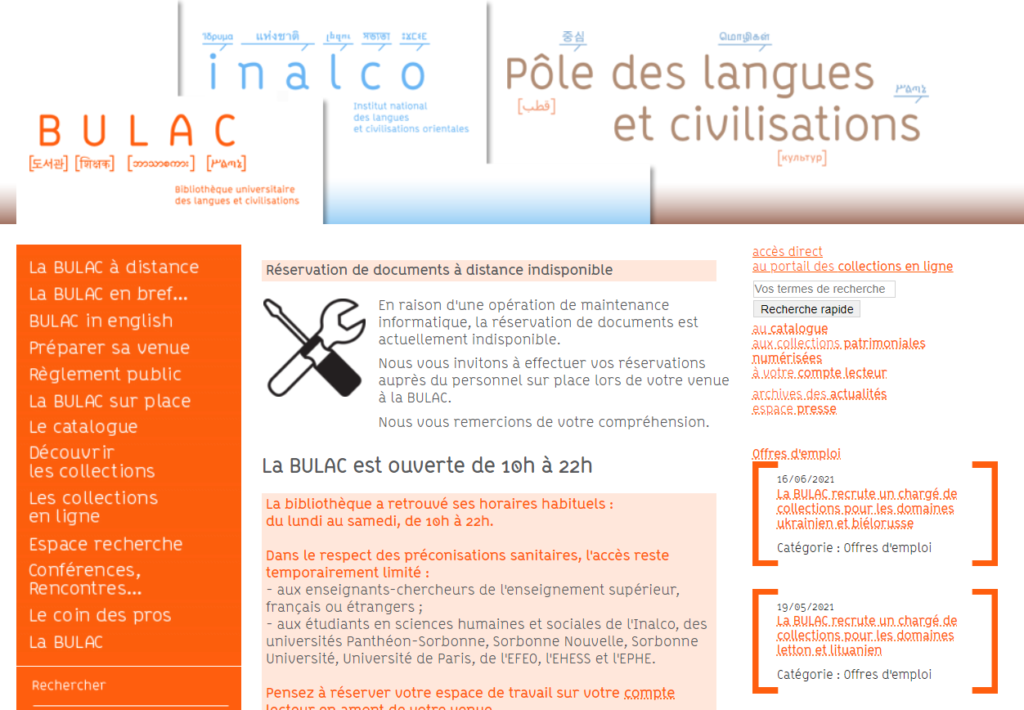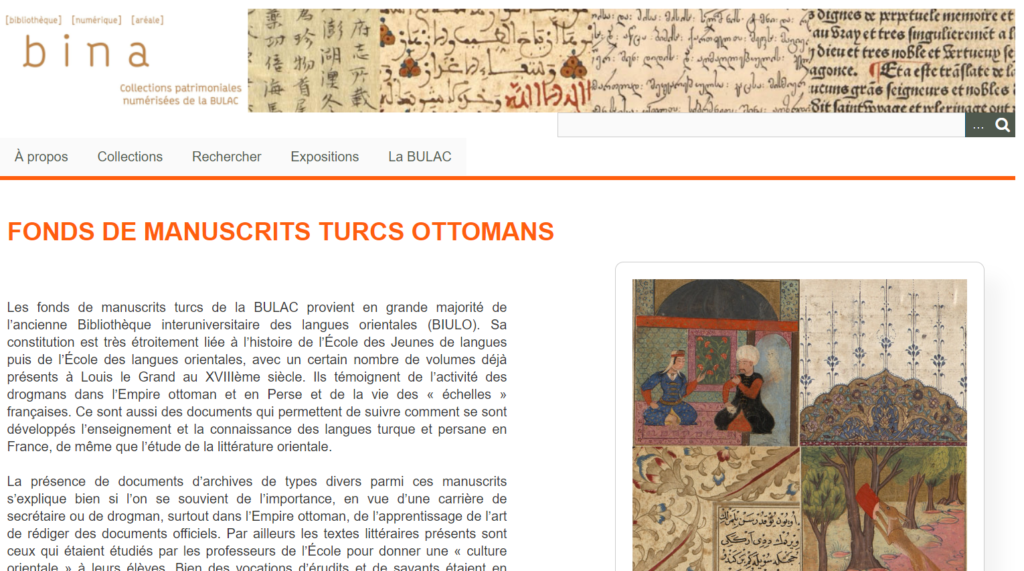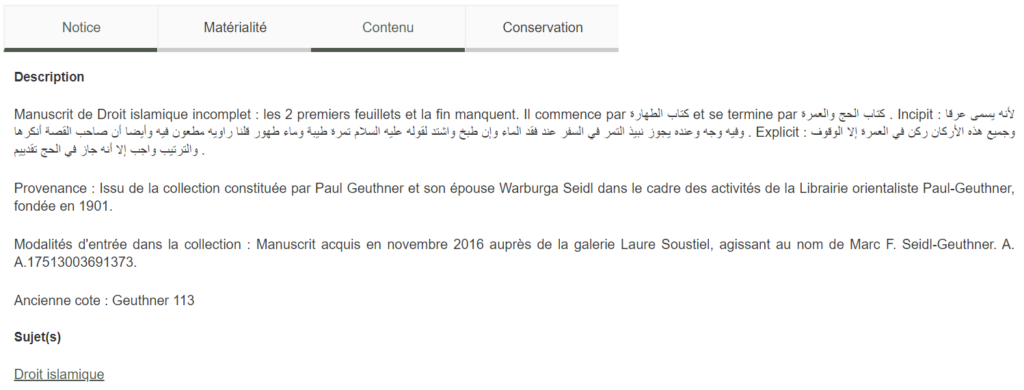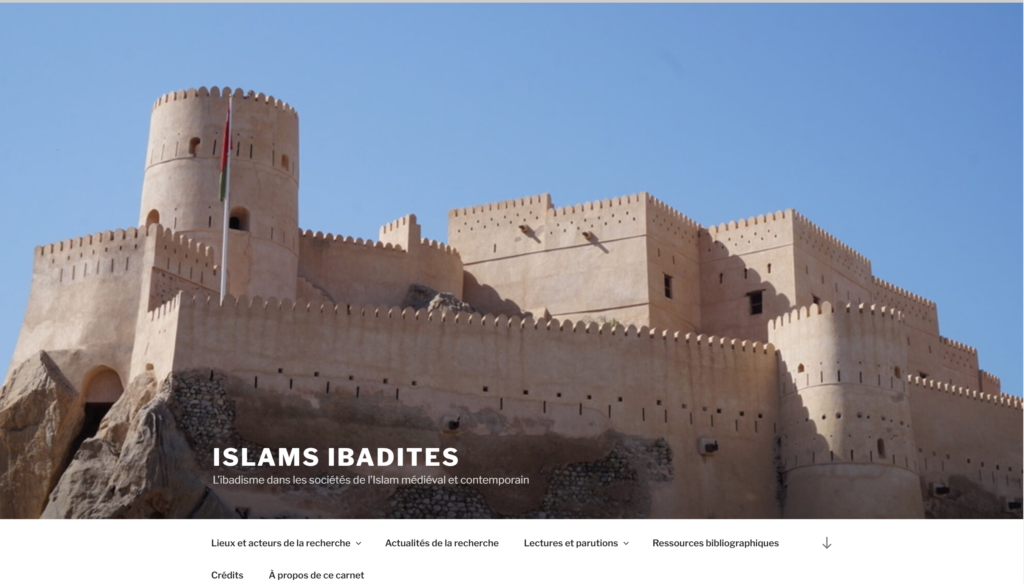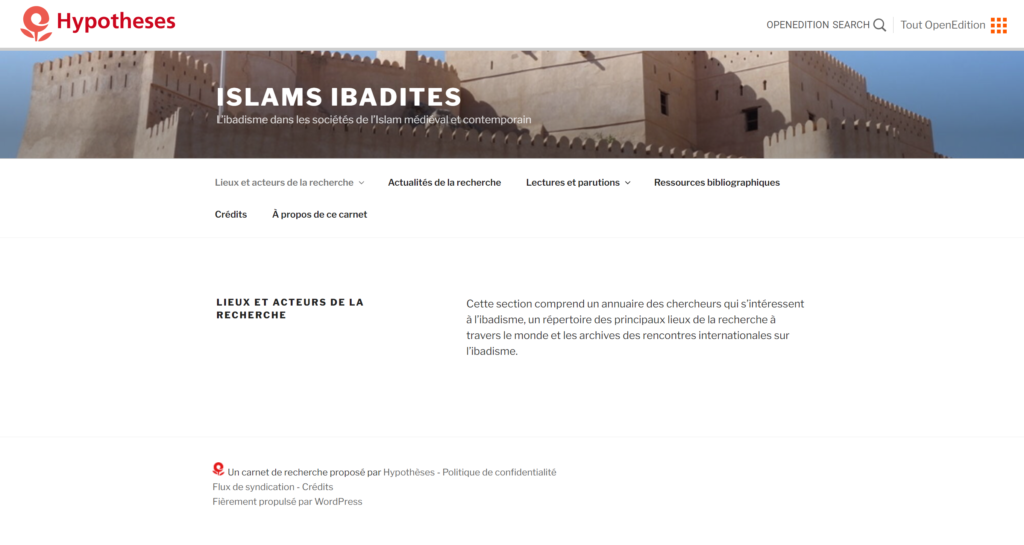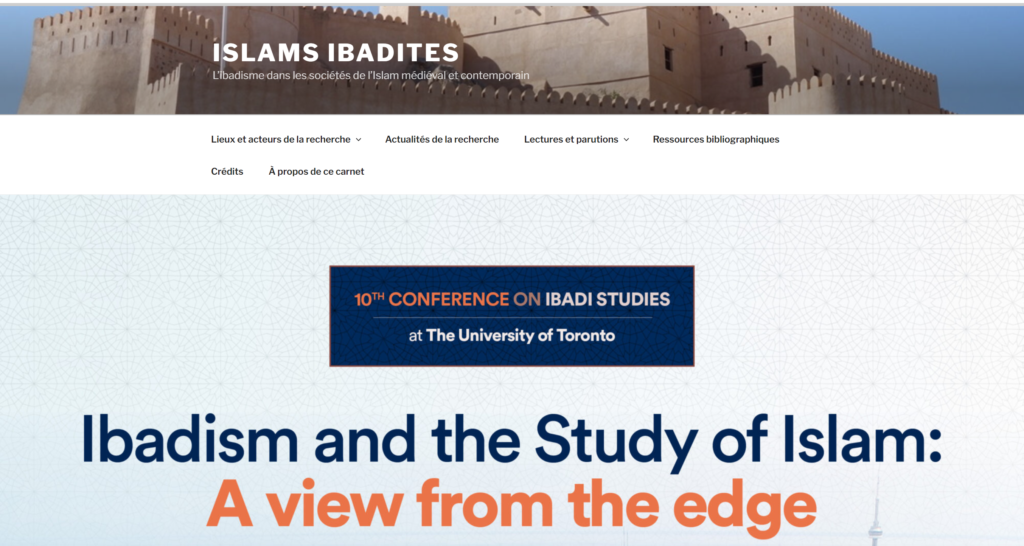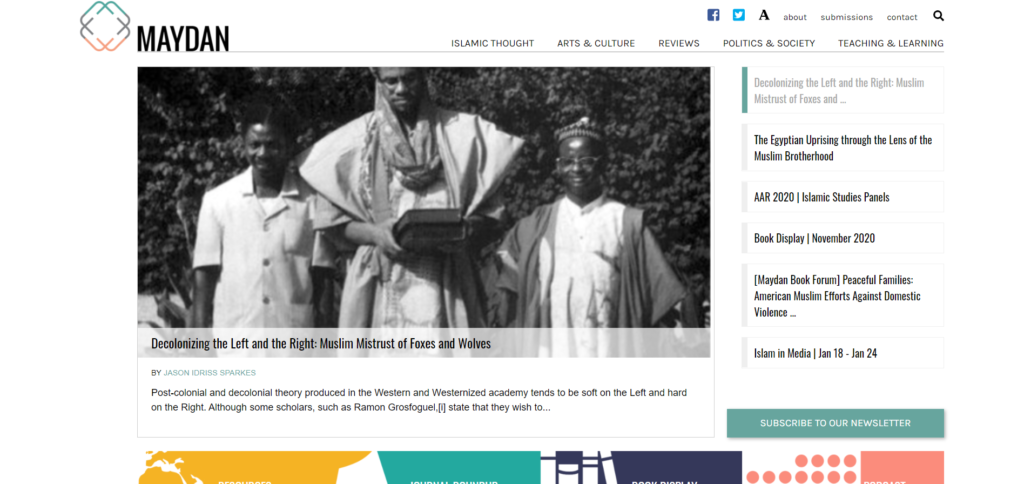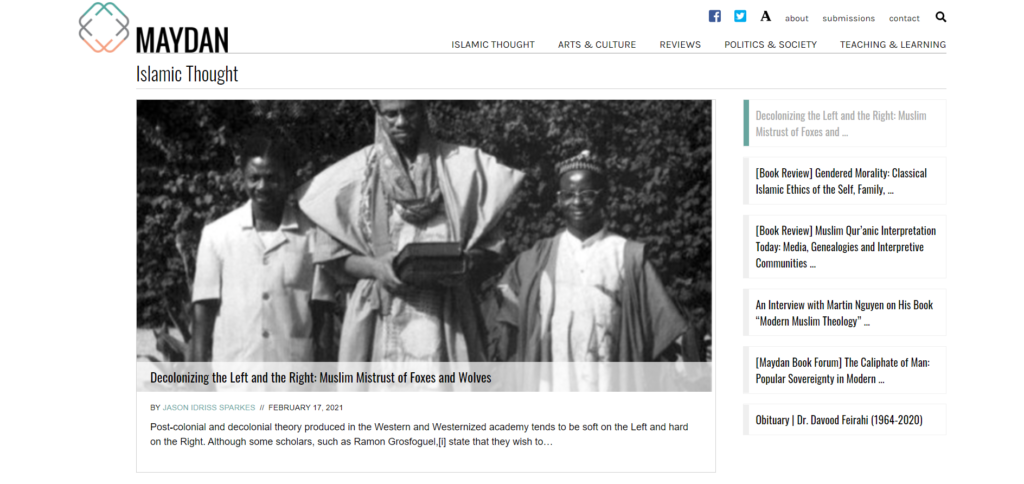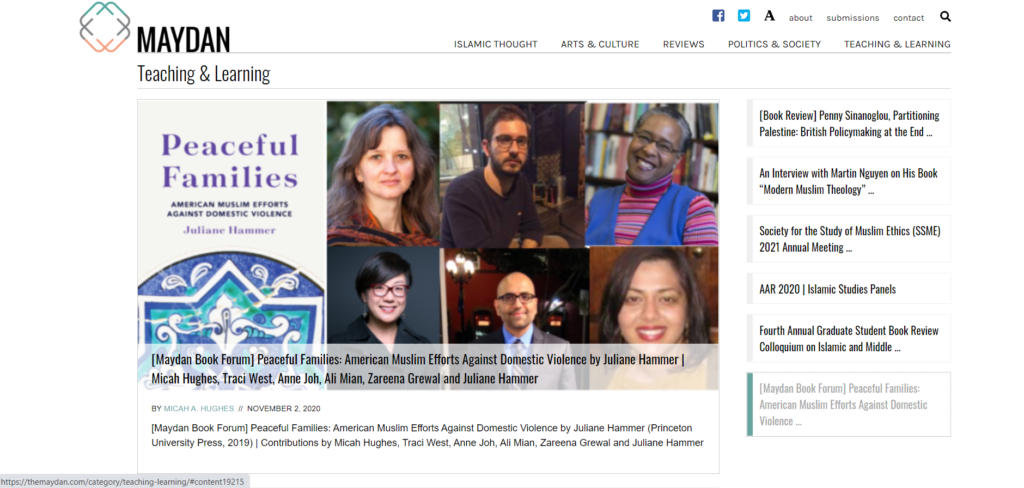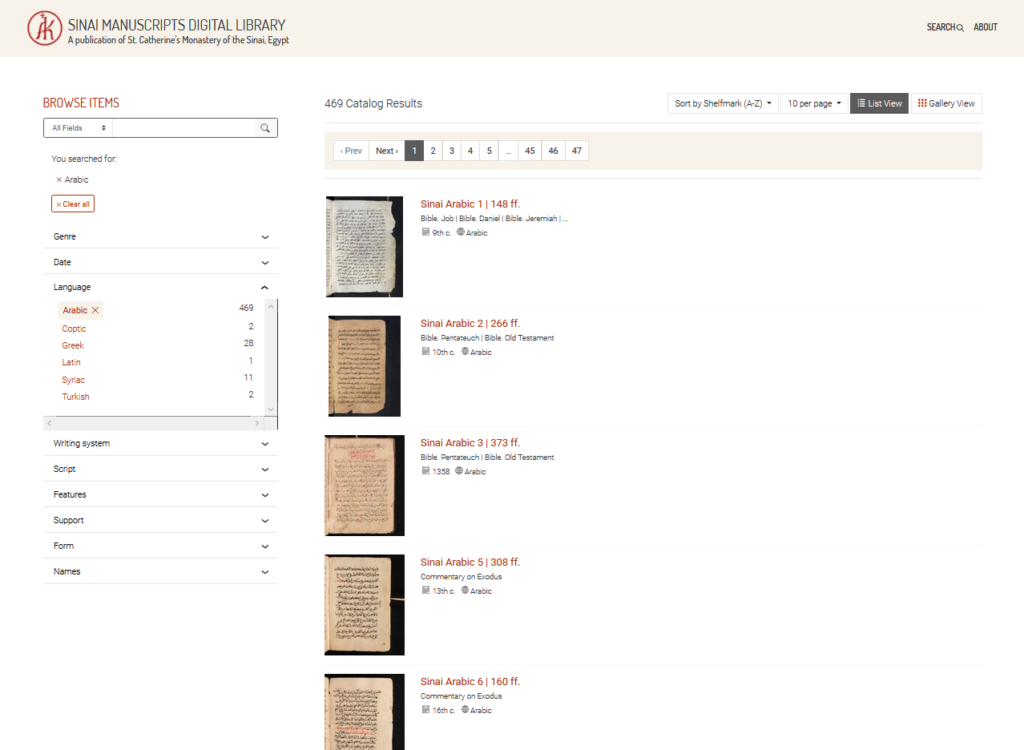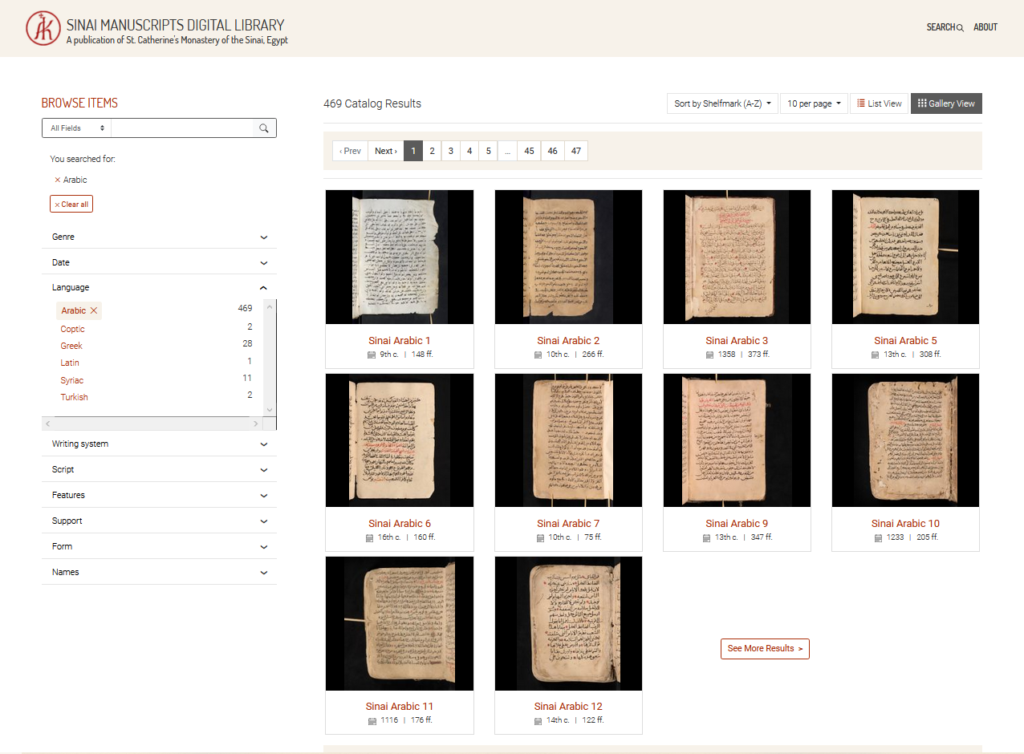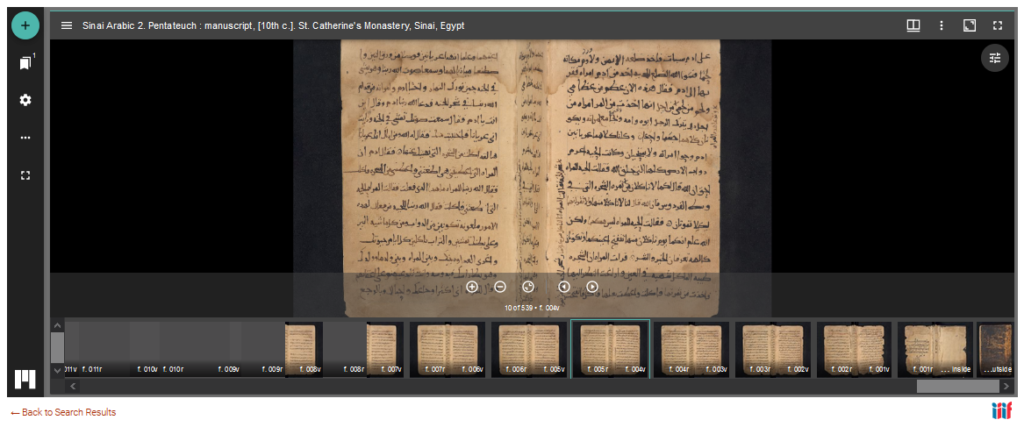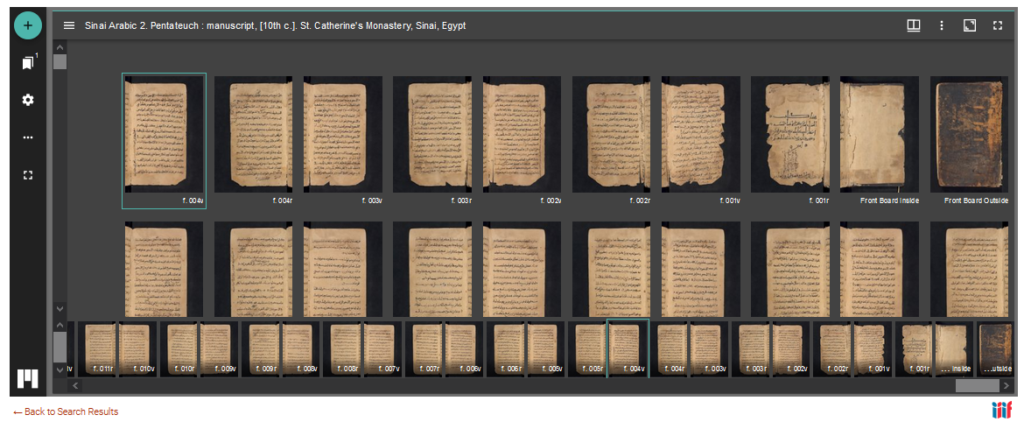GSSneareast: Network for Gender and Sexuality Studies in the Near East is an online research and networking platform designed by and for scholars interested in Women’s, Gender, and Sexuality Studies in the Near East. Its aim is to set the grounds for a collaborative, stimulating, and inter-disciplinary virtual environment dedicated to researchers and institutions engaged in Women’s, Gender, and Sexuality Studies in the Middle East and beyond. The platform was softly launched in the Fall of 2021 and should be completed in the Fall of 2022.

GSSneareast was created and is maintained by Gülşah Şenkol, a Postdoctoral Fellow at the Orient-Institut Istanbul, specializing in comparative women’s history in the Middle East. Dr. Şenkol graduated in History from Ohio State University in 2019, and held a number of visiting fellow positions at North-American, Turkish and Swedish Universities/Research Centers. Her research focuses on the history of feminist movements in the Middle East in the late 19th and early 20th centuries.

“GSSneareast is grounded firmly in the idea that gender, and sexuality studies need[…] to be a collaborative endeavor, and that conversation[s] about our disciplines, approaches, and research will play a big role in moving scholarship forward.”
The platform was endorsed by numerous research institutions: the Queer and Feminist Studies Working Group at the European University Institute (EUI), Gesellschaft für Turkologie, Osmanistik und Türkeiforschung (GTOT), Institut Français d’Études Anatoliennes (IFEA), Institute for Mediterranean StudiesFoundation for Research & Technology Hellas (IMS-FORTH), Kadir Has University Gender and Women’s Studies Research Center (KHAS GWSRC), Koç University, Netherlands Institute in Turkey (NIT), Rem-Em: Remembering and Coexisting in the Eastern Mediterranean Platform, Sabancı University Istanbul Policy Center (IPC-MERCATOR), the Association for Women’s and Gender Studies in Turkey (TOCIKAD), the History Foundation (Tarih Vakfı), the Swedish Research Institute in Istanbul (SRII), Women’s Library and Information Center Foundation in Turkey (WLICF).
At the time of our visit, the GSSneareast platform highlighted various past and future projects such as:
- a workshop entitled Mapping Gender in the Near East held in December 2020
- the K24 dossier, ten interviews of prominent scholars about the past, present and future of Women’s, Gender, and Sexuality Studies in Turkey
- Digital Humanities in Ottoman and Turkish Studies: Initiatives, Projects, and Online Sources, a workshop held in 2021
- Life Narratives and Gender: Voices of Women in the Near East and the Eastern Mediterranean, a series of lectures held in 2021.
According to Dr. Şenkol’s description of the project, the GSSneareast platform should eventually feature geographic information system (GIS) mapping tools to create an interactive database of scholars in the field, WGSS programs, departments, and research centers in the region and beyond, Libraries and archives holding relevant collections, not-for-profit organizations, research projects, and databases focusing on Women’s, Gender and Sexuality Studies in the Near East. The platform should also make available practical information for young scholars in the field (“How to’s”), a podcast, and a discussion forum, and hold an annual colloquium and a biennial workshop to advance conversations on innovative approaches to the field.
To learn more about the GSSneareast platform and related projects, you may watch this short promotional video :



